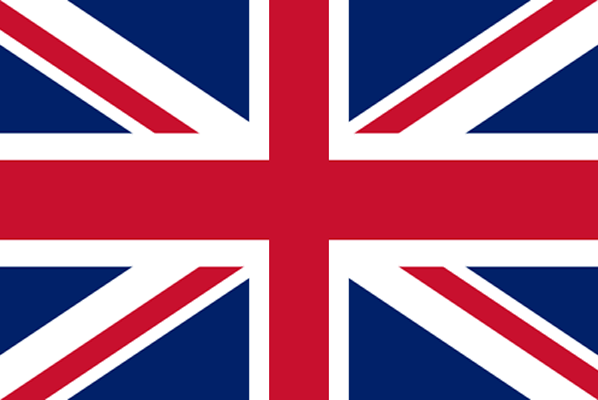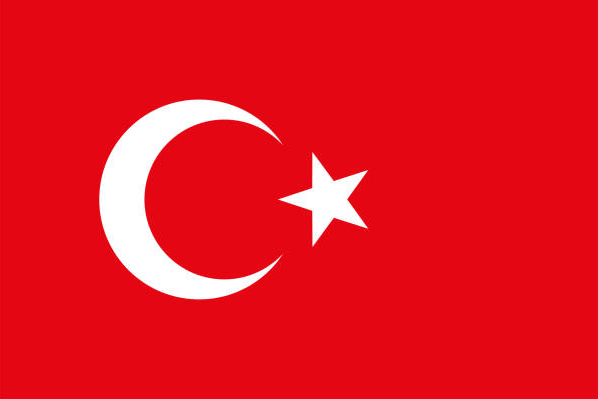OSB
Oriented Particle Board:
- OSB board chips have a certain shape and thickness. In order to obtain a multi-layered plate, the chips can be pressed with the help of the combining unit.
- The chips in the outer layers of the boards are laid in the direction of the long axis of the board.
- The chips in the middle layer are laid vertically on the chips in the outer layer.
German OSB Particle Board Categories
- OSB Boards are divided into 4 categories according to the technical and production features determined by EN 300 European norms: OSB1, OSB2, OSB3 and OSB4.
German OSB2:
- Carrier construction plates used in dry environments
German OSB3
- Carrier construction boards used in humid environments Thanks to its excellent physical and mechanical properties and richness of forms, the German OSB product range provides new possibilities in application areas.
Usage areas ;
- Carrier floor construction,
- wall coverings,
- under roof coverings,
- In the construction of warehouse, warehouse, stage, tribune structures,
- In the construction of shops and exhibition stands,
- Packaging and packaging industry can be summarized as.
German OSB is a high quality European product and can be used for constructive purposes where dimensional stability and resistance to loading are required.
Advantages of German OSB Boards
- High strength obtained by laying the chip layers in perpendicular directions to each other.
- High strength in the main axis
- easy workability
- Ecologically and biologically harmless
- The fact that the product is preferred with its natural appearance
- The use of 100% of the wood material and easy recycling possibilities.
German OSB 2
- It is produced in accordance with the requirements of the German OSB 2, EN 300 standard. The technical parameters of the boards are completely suitable for the production of carrier construction used in dry environment.
German OSB 2 Application Areas:
- Such as wall panels, floor panels and constructions in indoor construction.
- Upholstered furniture manufacturing, carrier constructions
- As a decorative material - In shelf production
- Packaging production for transportation (except liquid transportation)
- For the purpose of compressing the load in transport
OSB
| OSB | Dimensions | Thickness | Pallet Plate Number |
| German OSB 2 Standard Plate | 2440 x 1220 | 9 mm | 106 |
| 11 mm | 88 | ||
| 15 mm | 63 | ||
| 18 mm | 53 |
OSB 2
| OSB 2 Sanded and Unsanded Standard Plate | Test Method | Applied Unit of Measure | Thickness (mm) / Conditions | ||
| 6 – 10 | > 10 < 18 | 18 – 25 | |||
| Intensity | EN 323 | Kg/m3 | 670+/-10% | 630+/-10% | 610+/-10% |
| Bending / Bending Strength - Along the main axis - Along the additional axis |
EN 310 AN 310 |
N/mm2 N/mm2 |
22 11 |
20 10 |
18 9 |
| Elastic Modulus of Elongation - Bending along the major axis - Bending along the additional axis |
EN 310 AN 310 |
N/mm2 N/mm2 |
3500 1400 |
3500 1400 |
3500 1400 |
| Tensile strength perpendicular to the plate surface | EN 319 | N/mm3 | 0,34 | 0,32 | 0,30 |
| Amount of Swelling in Water in 24 Hours | EN 317 | % | 20 | 20 | 20 |
| Dimensional Tolerances - Thickness (for sanded) - Thickness (for non-sanded) |
EN 324-1 AN 324-1 |
mm mm |
+/- 0,3 +/- 0,8 |
+/- 0,3 +/- 0,8 |
+/- 0,3 +/- 0,8 |
| - length -width |
En 324-2 | mm mm |
+/- 3 +/- 3 |
+/- 3 +/- 3 |
+/- 3 +/- 3 |
| rectangular form tolerance | EN 324-2 | mm/m | 2 | 2 | 2 |
| Amount of Water in the Plate | EN 322 | % | 2-12 | 2-12 | 2-12 |
| Amount of Free Formaldehyde | EN 120 | Class A1 <= 8mg/100g | |||
| Type of Adhesive Used | Carbamide fromaldehyde/dyisocyanade/ carbamide fromaldehyde | ||||
| Combustion group combustible; | DIN 4102 CSN 730862 |
B2 C3 |
|||
| Yukarıda belirtilen değerler, rutubet oranı %65 ve 20 C derecede ısı miktarında tespit edilmiştir. | |||||


 EN
EN  TR
TR 
